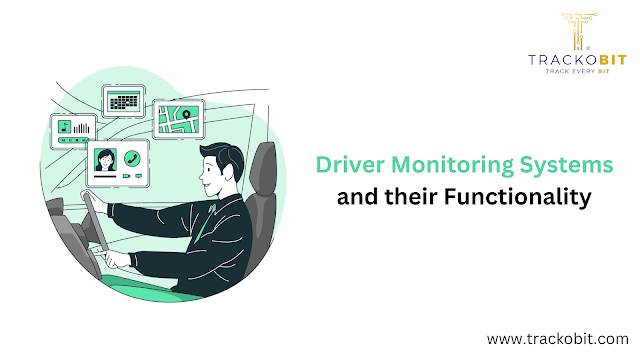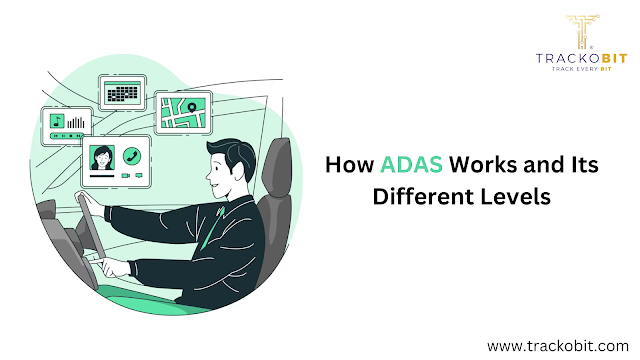8 Ways How Tyre Pressure Monitoring System Saves Fuel & Business Costs!
Maintaining optimal tire pressure is very crucial for ensuring safe and efficient driving. Did you know
that properly inflated tires can significantly impact fuel consumption and consecutively your bank
balance? All thanks to revolutionary tyre pressure monitoring system,the biggest breakthrough in vehicle maintenance that helps measure tyre pressure and act on reducing
fuel consumption.
Let’s learn what tyre pressure monitoring system is and how it helps promote better fuel economy. But before that let’s clear out what happens if you don’t keep up with recommended pressure levels in vehicles.
Why Maintaining Ideal Tyre Pressure is Important?
If the vehicle tyres are underinflated or overinflated they can lead to wear and tear leading to shorter life. Additionally, poor tire pressure impacts vehicle handling, braking, and overall safety, thus increasing the risk of accidents.
If tyres are not inflated according to the recommended levels (as stated by vehicle manufacturers), they will cause higher rolling resistance. Meaning that the vehicle’s engine would have to put immense pressure on moving the vehicle, which will further increase fuel consumption.
What is Tyre Pressure Monitoring Software (TPMS)?
TPMS unfolded as tyre pressure monitoring software is a modern technological solution designed to help remotely monitor the air pressure inside tires and alert drivers when the PSI level reaches below/above recommended levels.
TPMS leverages real-time monitoring features and cutting-edge sensors that help monitor any desired vehicle’s tyre pressure.
The system smartly informs any deviations from the ideal PSI levels in a quick turnaround so that fleet operators can act in due time.
8 Ways How Tyre Pressure Monitoring Systems Calls for Better Fuel Economy
Now that you have understood how tire pressure is important, let’s look into 8 ways how tyre management system helps monitor tyre pressure to cut down on fuel costs.
Easy, Real-Time Pressure Monitoring
TPMS is the best tool to monitor the tyre pressure of every fleet in real-time. The system helps fleet managers and drivers know the PSI level of each tire and the deviations between the current pressure and the optimum pressure. As a result, drivers know when their vehicle needs due maintenance.
Quick Reporting and Analytics
The tire management software helps generate detailed analytics on tyre pressure trends and fuel usage to embark on potential cost savings. These insights allow fleet managers to monitor the effectiveness of current fuel-saving methods, analyze areas for improvement, and make data-driven decisions. This helps optimise resource utilization for better fuel consumption.
Sensor Precision
Modern fleets come equipped with cutting-edge sensors. A class-leading tyre pressure monitoring system is capable enough to use external sensors for precise and correct tyre pressure readings in real-time.
The software is smart enough to detect even the smallest deviations from the recommended levels. This allows fleet operators to take predictive measures and save on fuel costs.
Real-Time Notifications & Alerts
TPMS is capable of sending automated alerts to both fleet managers and drivers about tyres' health. With these reminders, operators and drivers can look into the tyre's inflation and maintain the optimum pressure levels timely to maximize fuel efficiency.
Maintenance Reminders
TPMS generates maintenance reminders based on the tyre's PSI levels. This helps fleet operators make timely inspections and replacements. By keeping up with tyre care with a proactive maintenance schedule, operators can detect worn-out tyres causing high fuel consumption.
Temperature Compensation
The best thing is, a tire management system while calculating tyre pressure takes temperature into account. What happens is, whenever tyres heat up after a long tour, the air within them expands, which eventually increases the tyre pressure.
These systems take temperature fluctuations into account which helps it identify actual PSI readings and make adjustments if needed.
Data Analytics
A tyre pressure monitoring software is useful in collecting a wealth of data on a fleet’s tyre pressure, performance, trends, and overall health. The software helps display all these metrics or data through advanced analytical reports.
The data helps identify patterns or any prolonged issues which help maintain tyre health and work towards increasing fuel economy.
Training and Education
Tyre pressure monitoring systems are the best way to educate drivers about metrics or parameters that help result in better fuel economy. With the available data and guidelines, drivers can learn about optimal tyre health and proactive ways that can help achieve fuel efficiency.
Conclusion
Tyre pressure monitoring systems are crucial components for modern fleets of vehicles that contribute to much safer, fuel-efficient, and eco-friendly driving. Tire management software helps note exact PSI levels in real-time which prevents rolling resistance, improves tire performance, increases tire lifespan, and enhances overall fuel economy.
As a responsible fleet operator, taking advantage of this revolutionary technology to vouch for safety and better fuel economy is a must.
Related Blog:- How Tire Pressure Monitoring Systems Reduce Fuel Consumption
Tire Pressure Monitoring System – Working, Benefits and Cost
.png)

.png)

Comments
Post a Comment